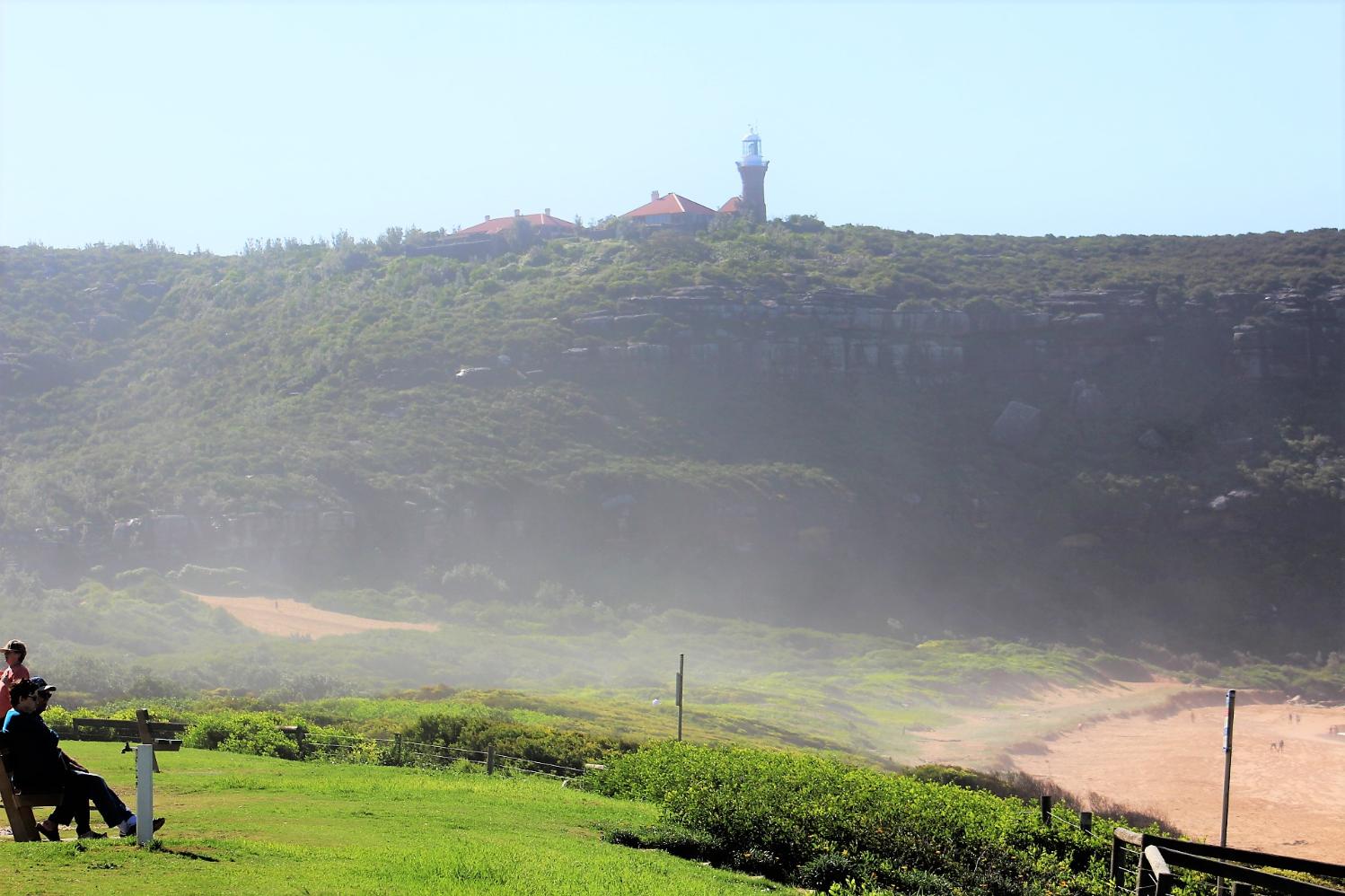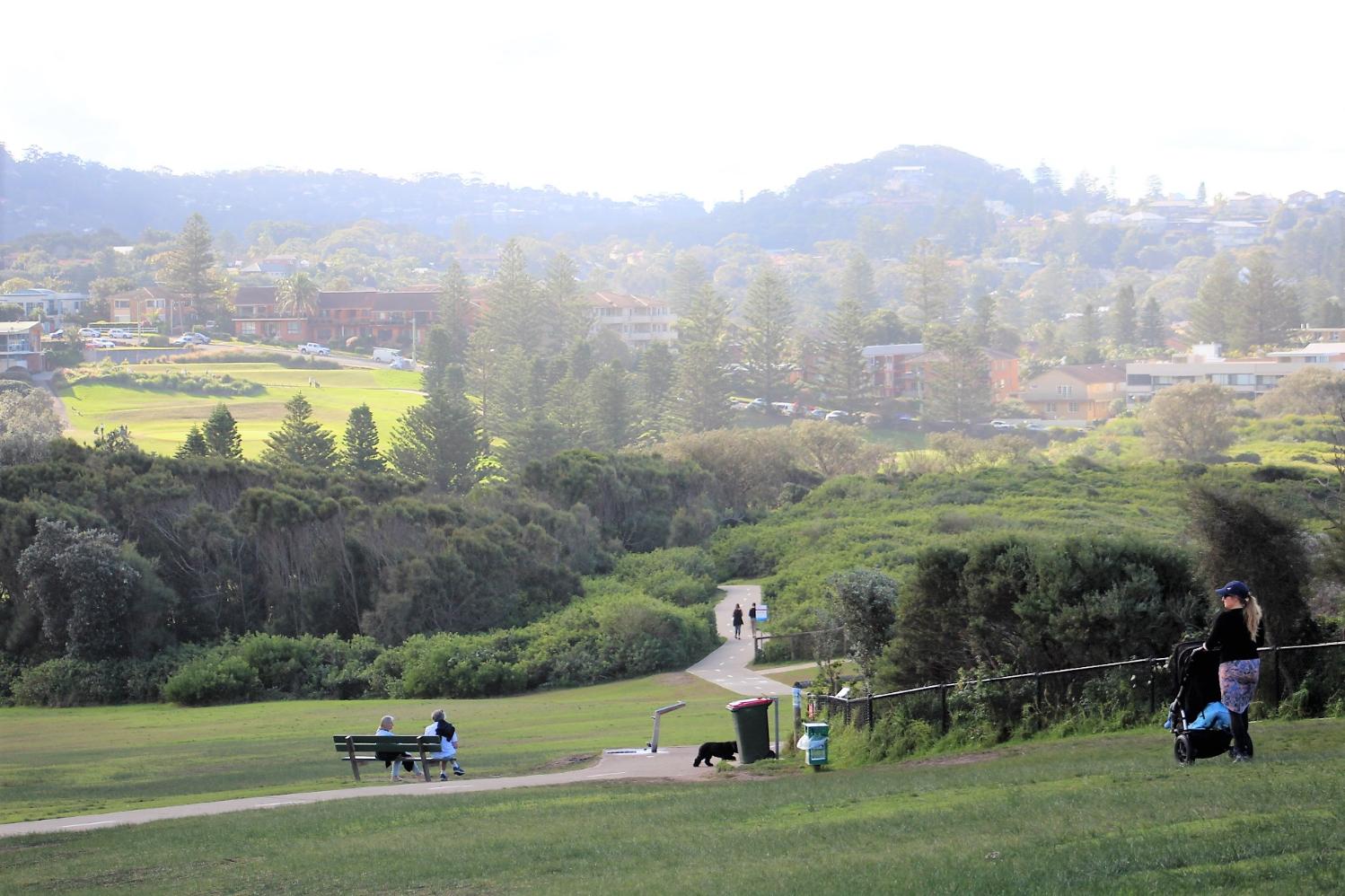Do you want Pittwater Leashed? Let the council know why!

By Miranda Korzy
If you don’t want dogs running loose on Palm Beach or Mona Vale Beach - please let the council know!
Before an off leash trial could go ahead, the council was obliged to carry out an environmental study. The result, its Review of Environmental Factors (REF), which is currently on public exhibition. So to help those opposed to off leash dogs on these beaches, I’ve collected a few issues from it that you might like to consider when writing a submission (which only needs to be a few sentences long.)
To make a submission see: https://yoursay.northernbeaches.nsw.gov.au/proposed-dog-off-leash-areas
Residents have raised a range of general issues with the proposal, which I’ll mention below but I’ll start with those I see in the REF - which is the document in question at the moment.
- I believe the council still faces a legal minefield over this proposal - as the REF illustrates. We have already spent about $800,000 on the quest for off leash dog beaches: about $700,000 on legal fees and another $100,000 on studies, public consultation and other work towards the proposal.
However, the REF indicates the complex web of legislation and regulations that the council must navigate to satisfy legal requirements. These include: the NSW Environmental Planning and Assessment Act; the Crown Land Management Act; the Pittwater Local Environment Plan 2014; and the Pittwater Council Dog Control Policy (enacted under the Companion Animals Act) - which bans dogs from Pittwater’s beaches. The Governor Phillip Park Plan of Management and Ocean Beaches Plan of Management will also need to be amended under the Local Government Act - and approval gained from the NSW Lands and Water Minister. (See pp 12-24.)
In short, the council can’t afford to slip up on any of this, but would still not be immune from more legal action and insurance claims anyway.
- I’m surprised that while the REF classifies “Land use adjoining beachfront” at Turimetta, Bungan and Avalon Beaches as “Environmental Conservation”, this has not been applied to Palm Beach North and Mona Vale South, with their extensive areas of surrounding open space (See pages 10 -11).
- Under the Environmental Planning and Assessment Act, Section 5.5, the council has a duty to “examine and take into account to the fullest extent possible all matters affecting or likely to affect the environment by reason of that activity”.
However, surveys for migratory birds (and other wildlife) were carried out at both subject beaches on only four separate occasions last December and January - so don't account for wildlife at any other time of year (pp 44-45). I believe the REF cannot therefore reliably assess whether wildlife visits these areas outside this midsummer period.
- Further, the report notes that “the presence of dogs was observed at both Activity Areas” during observations (p61). Local ecologists have told me that this means the consultants would not have seen any wildlife at these beaches during this period because wildlife would be scared away - so any data collected would have been unreliable. Given that it’s illegal for dogs to be present on these beaches at any time, it’s a shame the surveys went ahead without first ensuring dogs were not present - and had not been for some time.
- As a result, I believe the claim by the REF that the assessment shows allowing unleashed dogs on beaches at Palm Beach (North) or Mona Vale (South) “is not likely to significantly affect threatened species” is unreliable.
- Similarly, I think the traffic and parking studies carried out at both sites were limited (P49-52). Parking at Palm Beach (North) was surveyed on only two days, January 27 and February 23 - and an underlying assumption made that because January 27 was the Australia Day public holiday, it would represent the busiest time of the year. However, no evidence was supplied to support this assumption and I know from residents’ that parking is normally in very short supply in Palm Beach generally. Any further pressure on parking in Governor Phillip Park will then impact parking further south along the beach.
For Mona Vale (South), the REF provides no parking study and the report notes that:
“Parking in the area is heavily used by a mix of dog walkers, surfers, hospital staff, paragliders, people accessing the coastal walk and residents. The demand for parking spaces in the area is high with 90%-95% of the spaces occupied for most times of the day…”
Many of us who visit the area already have problems finding a space at times, and the report’s statement that: “The formation of the off-leash trial area is not expected to result in any material change from the existing patronage and therefore no material additional traffic or parking impacts are expected,” is unsupported by evidence.
- Mitigation strategies suggested in the REF are likely to be unsuccessful because of problems with enforcement (pp63-65). As noted, even when the REF’s wildlife surveys were carried out, dogs were present on the beaches, with council rangers having failed to prevent this.
However, I also believe the recommendations to ameliorate the impact of dogs have not worked elsewhere. For example at the North Curl Curl Beach off-leash dog area, for the first six months of this year, rangers had already carried out 75 dog patrols, registering 300 observations over 60 hours. They had also issued 30 fines for dogs not under control and dogs in prohibited places. That averages one fine every two hours of patrol time. You can do the arithmetic to work out the level of non-compliance even when a ranger is present. (See my June council meeting report.)
- For anyone concerned about plastic pollution at the beach, the recommendation to supply dog faeces bags with bins will just increase the supply and likelihood that some dog owners will deposit them in the dunes nearby.
- Finally, the report fails to provide a framework for systematic and rigorous data collection throughout the trial period, by which the impact of unleashed dogs on the beaches could be assessed. Given what I believe is the weakness of the environmental surveys in the first place, there would be no baseline to which this data could be compared to anyway.
Other issues
- These sites, particularly Palm Beach (North), are amongst the most unspoilt and isolated beaches in urban Sydney. The northern end of Palm Beach is adjacent to Barrenjoey Headland, which is part of Ku-ring-gai Chase National Park. The headland is also surrounded by an aquatic reserve extending south along Pittwater to Station Beach. No homes are present on the isthmus, which limits the amount of disturbance to wildlife and helps make it a peaceful place for humans to walk, swim or surf.
- Local ecologists and environmentalists have told me that a range of wildlife visit Palm Beach (North) in particular, including Terns, Turtles and tiny bats flying over the dunes.
- On Lion Island in Broken Bay - not far across the water from the headland - is a colony of Little Penguins, protected in a nature reserve. Residents sometimes see penguins on local beaches (athough this tends to be on the Pittwater rather than ocean side).
- There is also a seal colony on the rocks at the base of Barrenjoey Headland, and seals come to shore along the Northern Beaches. We have a record of an attack on one at Long Reef:
- Wildlife carers encourage residents to report sightings of seals hauled up on beaches, but visits by these as well as other wildlife are unpredictable and dog attacks can happen unexpectedly.
- Mona Vale Beach (South) is also relatively unspoilt and tranquil because it sits below cliffs, with a large reserve above them (Robert Dunn Reserve), which itself adjoins the relatively open Mona Vale Hospital site (the closest hospital building is a palliative care unit) and the golf course. This was originally a wetland and still has a stream running through it. So there is very little road traffic and the closest homes are a significant distance away.
- Local ecologists I’ve spoken to are opposed to the trial - or any permanent off-leash dog area being established at either of these sites. A local wildlife photographer also contacted me earlier in the year to voice his concerns, saying that Terns roost on the sand at Palm Beach (North) but their numbers were decreasing as more and more dogs were being taken onto the beach.
Crested Tern at Palm Beach, one of a pair that live here.
- Council itself says Palm Beach: “boasts stunning scenery and a gorgeous beach that is the perfect spot to take a stroll or dip, or perch yourself for a picnic”. It goes on to describe the north end as having: “Excellent surfing conditions”. I think we will face problems with beachgoers placing their towel or rugs on dog faeces - or dogs urinating on people using the beach. Yes it happens! (See: https://www.northernbeaches.nsw.gov.au/things-to-do/recreation-area/palm-beach)
- Health problems arising from exposure to dog faeces and urine, not only to wildlife but also kids playing in the sand. Dogs can transmit diseases such as canine distemper to wildlife and pass harmful parasites and diseases to people. (See https://www.researchgate.net/publication/301800852_Impacts_of_dogs_on_wildlife_and_water_quality) At Rowland Reserve dog park in Bayview, the smell of urine and faeces is noticeable and I’ve even seen dogs defecating in the water.
- Because of these two beaches tranquil atmosphere, many residents choose to exercise and relax there and Palm Beach attracts many tourists. I’ve had residents tell me that they’ve taken palliative care patients to the edge of the dunes to look at Mona Vale Beach but would not have done so if dogs were allowed on the beach.
- The times proposed for unleashed dogs to access these beaches (before 10am in the morning and after 4pm in winter/5pm in summer) cover the periods of lowest UV exposure when many residents visit the beach - especially if they have small children or have been at work all day.
- Many residents are afraid of dogs and these include families with small children. These fears are justified when we’ve had multiple dog attacks on the Northern Beaches this year alone, including a young child attacked at Mona Vale Beach (South) on Sunday July 17 and a man attacked by two Alsatians on Narrabeen Beach, the following Sunday. Dogs are not permitted on either of these beaches but some owners are prepared to disregard the rules. One resident undergoing chemotherapy has told me an off leash dog tried to jump on her at Mona Vale Beach (South) on a quiet walk. When she asked the owner to call the dog off, she was abused.
The exhibition period closes on September 9. Staff will then consider submissions and report back to Council.
